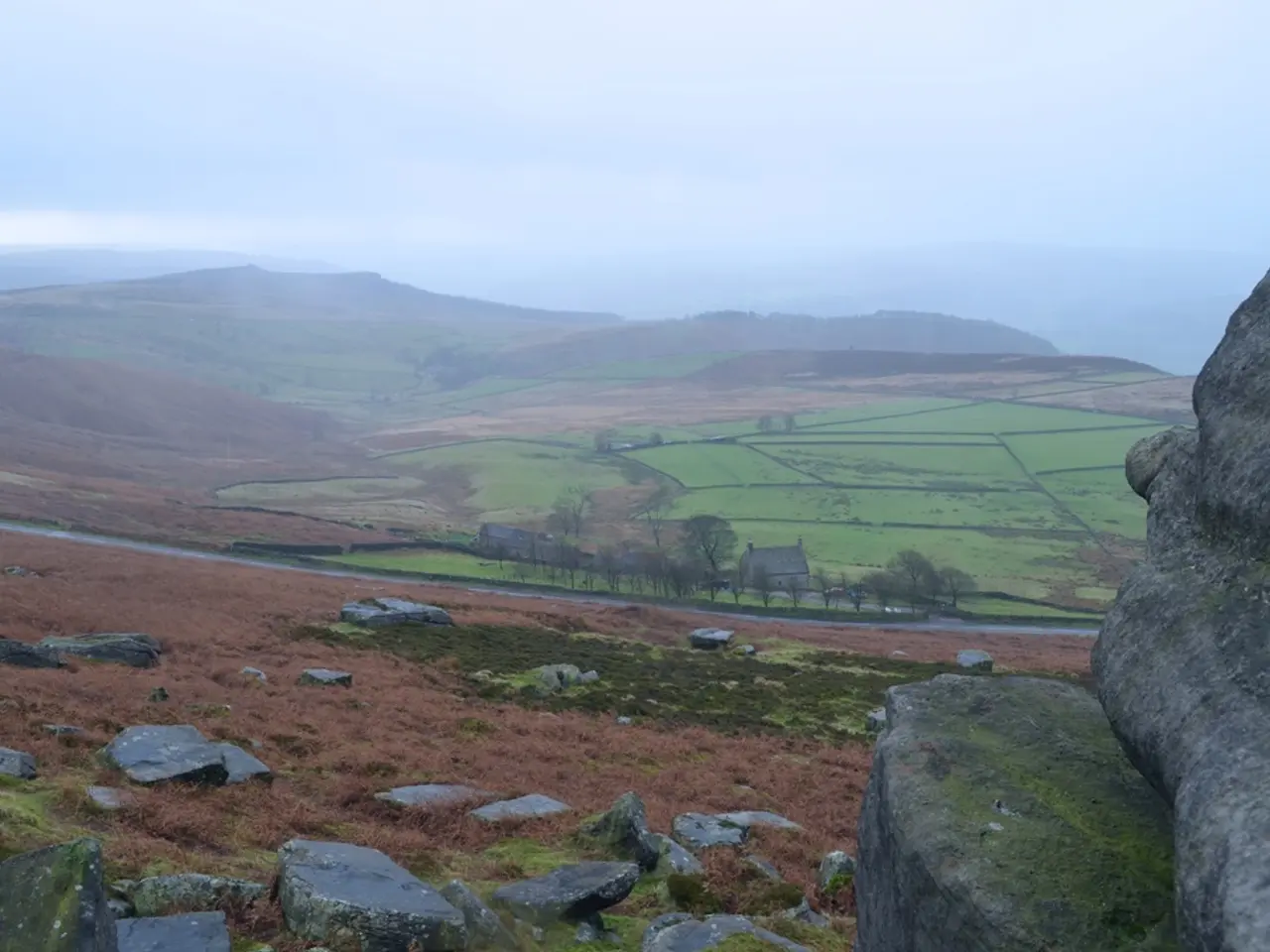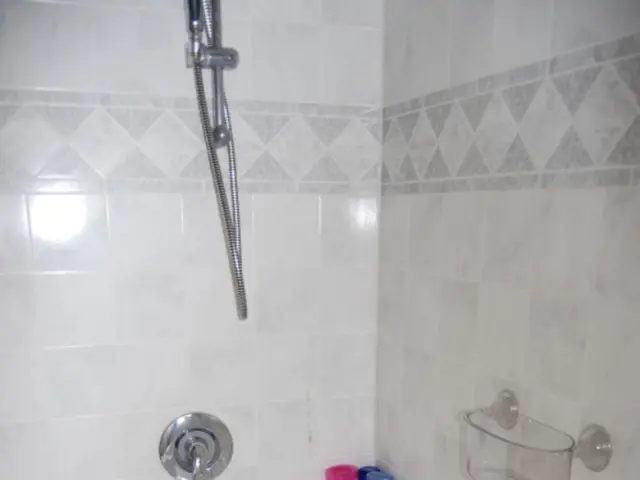Increasing Expansion of the Namib Desert Pose Threat to Biological Diversity in Richtersveld, According to Research Conducted in Hamburg
The Richtersveld, a unique and biodiverse landscape in South Africa, has been inscribed on the UNESCO World Heritage List since 2007. However, this arid region is now facing a significant threat - desertification.
A research team led by the University of Hamburg has been documenting this issue in southern Africa, particularly in the Richtersveld. Their study, published in the journal "Journal of Arid Environments", reveals a dramatic decline in vegetation and biodiversity in most regions of the Richtersveld over a period of up to 45 years.
The causes of this desertification are found in both climate change and human activities. Open-pit mining activities, contributed by mining companies searching for diamonds, leave behind open-pit mines that accelerate the process. Abandoned farmhouses are disappearing under dunes, and formerly fertile grazing land is increasingly being buried by sand.
Strict control over mining activities is proposed as a means to prevent desertification. The inscription of the Richtersveld on the UNESCO World Heritage List commits 194 contracting states, including Germany, to protect this significant biodiversity hotspot, which is home to approximately 1,000 endemic plant species, fewer than 100 of which are known in the whole of Germany.
The researchers suggest measures to combat desertification, including the protection of specific areas. Particularly vulnerable regions in the Richtersveld need immediate protection to prevent further desertification. The scientists evaluated time series of satellite images as part of their study and have provided recommendations for protective measures.
The protection of the Richtersveld is crucial to preserve its unique biodiversity and prevent the loss of irreplaceable plant species. The researchers hope that their findings will encourage action to combat desertification and protect this precious UNESCO World Heritage Site.







